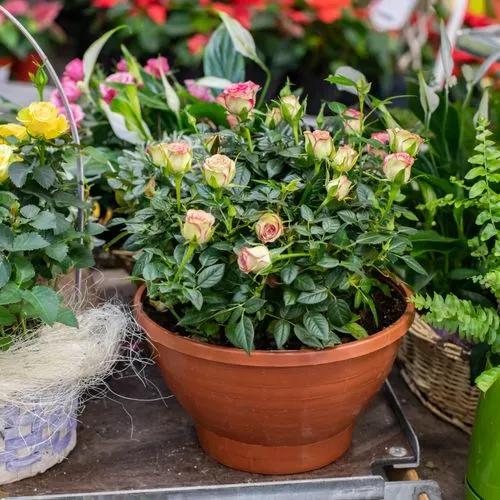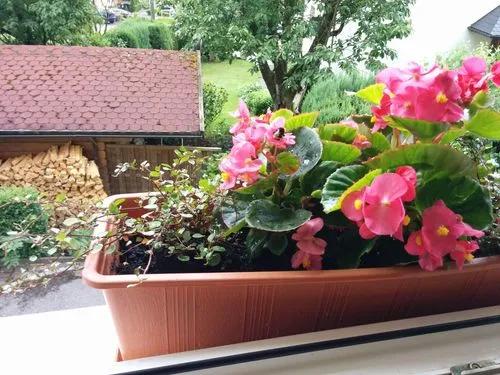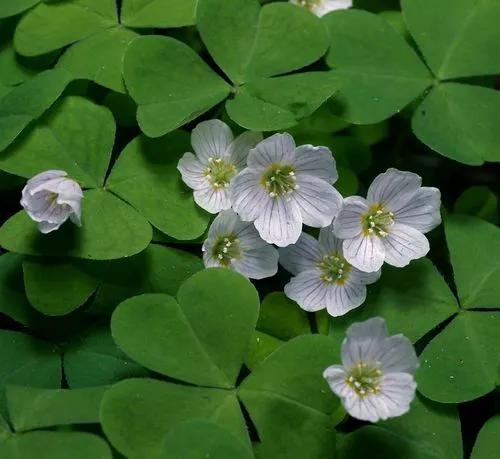Bombax ceiba, like other trees of the genus Bombax, is commonly known as cotton tree. More specifically, it is sometimes known as Malabar silk-cotton tree; red silk-cotton; red cotton tree; or ambiguously as silk-cotton or kapok, both of which may also refer to Ceiba pentandra. This Asian tropical tree has a straight tall trunk and its leaves are deciduous in winter. Red flowers with 5 petals appear in the spring before the new foliage.It produces a capsule which, when ripe, contains white fibres like cotton. Its trunk bears spikes to deter attacks by animals. Although its stout trunk suggests that it is useful for timber, its wood is too soft to be very useful.
Cotton Tree Care
Bombax Ceiba



Bombax ceiba, commonly known as red silk-cotton tree, is a large, spiny, deciduous tree (briefly deciduous during the flowering period) that typically matures to 60-75’ tall and to 40-60’ wide, but may soar to as much as 150’ tall in optimum growing environments. It is native to monsoon forested areas including river valleys, savannas and hillsides below 4,000’ in elevation in China and Indomalaysia in areas where soil moisture levels often change significantly during the course of a year, ranging from long periods of dry, hot and humid conditions to much shorter periods of moist to wet conditions as a result of heavy rainfall associated with monsoon activity. Trees have been widely planted over time in tropical to sub-tropical regions around the world. This tree was introduced into the U.S. in southern Florida in 1912. Trees feature: (a) straight trunks (2-5’ diameter) with horizontal to upright branches in tiered whorls; (b) cone-shaped spines typically cover the trunk and branches when trees are young, but the spines become less prominent as the trees mature; (c) large trees are often conspicuously buttressed at the base; (d) palmate green leaves (to 24” long), each leaf having 5-7 smooth, leathery, acuminate, lanceolate to elliptic leaflets; (e) showy 5-petaled red to orange-red flowers (each to 6-7” long) bloom singly or in clusters for about one month in late winter to early spring; (f) fruits (pointed, longitudinally ribbed, woody seed capsules to 6” long filled with silky hairs) follow the flowers. This tree starts dropping its leaves each year in January-February in anticipation of flowering (March-April). Flowers begin appearing when the tree is leafless. Ground becomes littered with fallen petals during the month of bloom. New leaves appear only after almost all of the flowering is completed (typically by April). Flowers are followed by seed pods which split open in April-May to release to the wind large quantities of silky cotton imbedded with small brown seeds. Genus name comes from the Greek word bombyx meaning silk in reference to the silky hairs in the seed capsule. Specific epithet comes from a Spanish derivative name in reference to a group of large, tropical trees related to Bombax.
How to Care for the Plant

Popularity

76 people already have this plant 15 people have added this plant to their wishlists
Discover more plants with the list below
Popular articles






